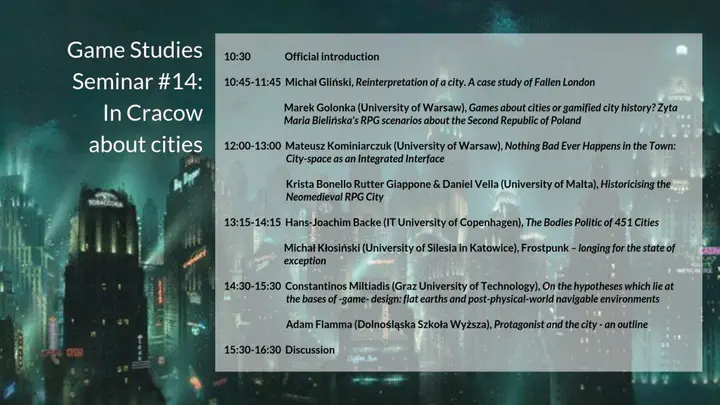On the hypotheses which lie at the bases of game design: flat earthers and post-physical navigable environments

Abstract
The turn of the millennium saw the publication of multiple influential game studies contributions exploring videogame spatiality as ‘raison d’être’ for the medium. However, despite the various proposed theories and typologies for conceptualizing and analyzing gamespace, no particular approach has gained prominence. All the while, spatiality in videogame production remains rather conventional, in line with the Euclidean-Cartesian rhetoric embedded in gamemaking software as well as design software at large. Drawing both from theory and experimental gamemaking practice the presentation suggests the possibility of escaping the flat-earth paradigm that conditions contemporary game development and related discourse. We thus turn beyond the purely visual esthetic styles of videogame environments and their scenography, to the aesthetics of practiced space, the sensibility par-excellence of the new literacy of videogames. Using the theory of Riemannian manifolds (that address the hypotheses at the bases of mathematical geometry) and informed by recent contributions in empirical research concerning videogameplay, the presentation suggests game design and gameplay as means to explore spaces that are perfectly perceivable, yet beyond the field of what is constructible in physical reality. This domain of post-real-world navigable environments specific to the videogame medium holds latent registers of cognitive sensibilities and media aesthetics waiting to be discovered.